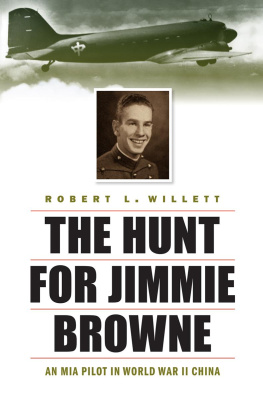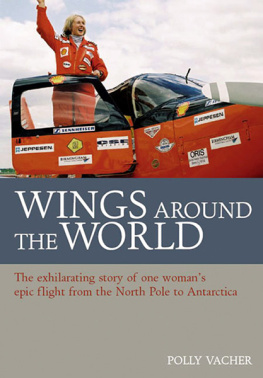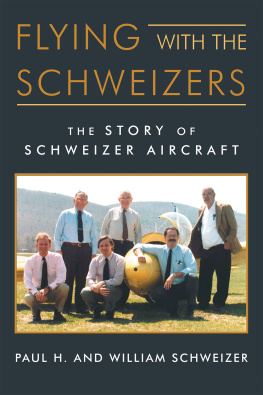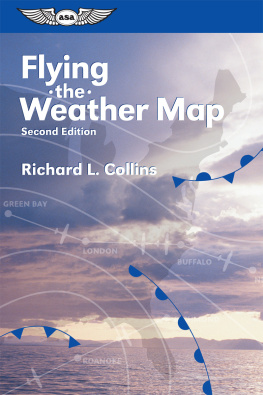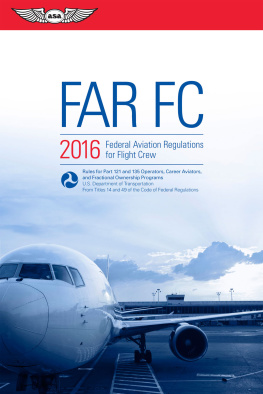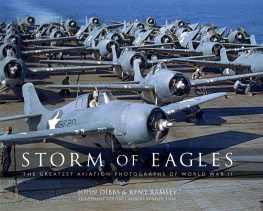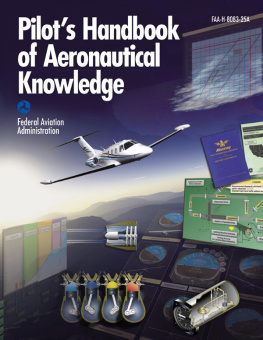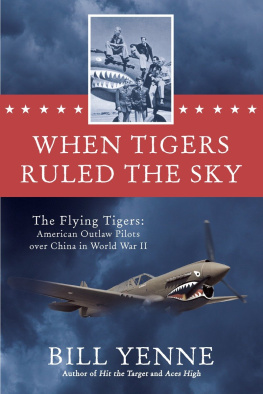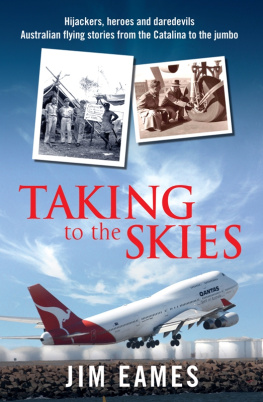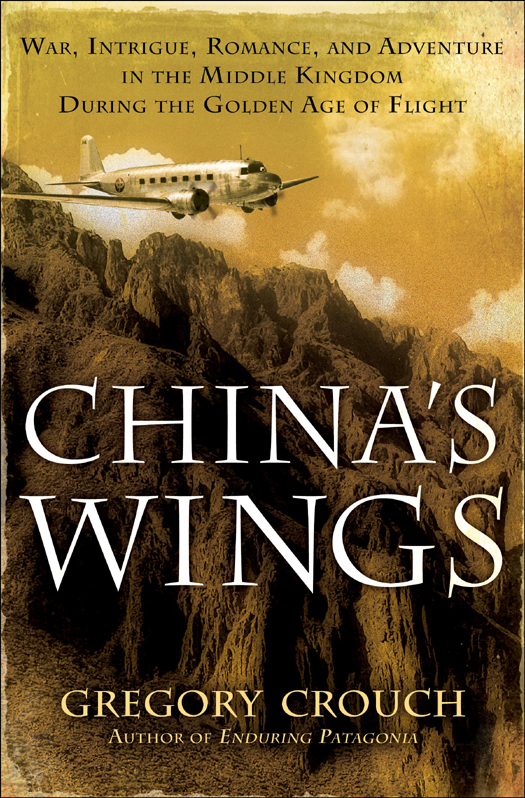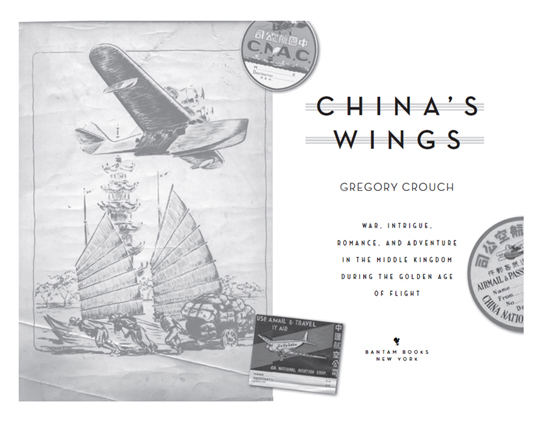Copyright 2012 by Gregory Crouch
All rights reserved.
Published in the United States by Bantam Books, an imprint of The Random House Publishing Group, a division of Random House, Inc., New York.
B ANTAM B OOKS and the rooster colophon are registered trademarks of Random House, Inc.
Excerpts from the writings of William Langhorne Bond and quotes from his book Wings for an Embattled China (Lehigh University Press) used courtesy of Thomas and Langhorne Bond and the Association of American University Presses.
Excerpts from the writings of Harold M. Bixby and quotes from his book Top Side Ricksha used courtesy of the Bixby family.
Frontispiece illustration : Edward P. Howard
Maps copyright 2012 by David Lindroth, Inc.
Library of Congress Cataloging-in-Publication Data
Crouch, Gregory.
Chinas wings : War, Intrigue, Romance, and Adventure in the Middle Kingdom
During the Golden Age of Flight/
Gregory Crouch.
p. cm.
Includes bibliographical references.
eISBN: 978-0-345-53235-0
1. China National Aviation Corporation. 2. AirlinesChina. I. Title.
HE9878.C47C76 2012
387.70951dc23 2011020558
www.bantamdell.com
Jacket design and illustration: David Stevenson, based on photographs Popperfoto/Getty Images (plane) and Christopher Kolaczan/Shutterstock (mountains)
v3.1
C.N.A.C. is the China National Aviation Corporation. It is one of those peculiar enterprises whose capital value in dollars and cents might barely equal that of a large American department store, but whose actual value in the war for the control of Asia can only be weighed by history.
Theodore Teddy White, Chinas Last Lifeline, Fortune, May 1943

CONTENTS

AUTHORS NOTE
A Bit About Names
This is a period piece. The English-speaking characters in this book visited Pekingor Peipingnot Beijing, opened an airline to Chungking, not Chongqing, sailed on the Whangpoo, not the Huangpu, traveled to Hankow, not Wuhan, and they discussed Canton, not Guangzhou. The first examples are all names in the Wade-Giles system, most commonly used to transliterate the Chinese language into English prior to the Chinese governments 1958 introduction of the Pinyin system, which provides the more modern transliterations in the second examples. After much deliberation, and at risk of some confusion, Ive elected to use the Wade-Giles names, as the characters in this story did while they were living it. To aid those more comfortable with the modern transliterations, Ive added a glossary equating the place-names in the Wade-Giles and Pinyin systems.
A Bit About Sources
This is a work of nonfiction. When I first discovered this story, I expected to focus on the airline flying the Hump from 1942 to 1945. I was aware of its adventures before Pearl Harbor, but I didnt think I could write about them vividly due to what I expected would be a dearth of colorful sources. The books in existence that treated with the airline during that period, albeit fascinating for enthusiasts, werent the sort to engage a general readership, and only a tiny handful of people were still alive whod worked for the company during those years. Happily, I was wrong: The more I investigated, the more, and better, 1930s material I discoveredsignificant CNAC-related holdings had found their way into various university archives; other important primary material remained in private hands. I gathered everything I couldreading, thinking, taking notes, and burning up photocopy machinesand Im now confident that the worlds most comprehensive CNAC archive currently resides in my file cabinet. Those original sources, coupled with material gleaned from a mlange of newspapers, magazines, and books, and from extensive interviews conducted with those few who lived the tale, constitute the material from which Ive reconstructed the airlines dramatic story before the United States entered the Second World War.
Fortunately, business in the 1930s and 40s was conducted via written letters similar to the manner in which email transacts so much modern commerce, and William Langhorne Bond, this storys protagonist, wrote letters with clarity and lan, often in exquisite detail, recounting important conversations, events, and decisions and relating stories, jokes, and pithy asides. Many of those letters survived, as have many of those written to him. (Harold Bixby of Pan Am and Bonds wife, Kitsi, seem to have been his most diligent correspondents.) Knowing hed lived an incredible story, in his twilight years, Bond began writing a memoir of his China experiences. Sadly, he died before finishing the job, having written his chronological story only through the middle of 1942, but he left notes and a manuscript totaling more than six hundred handwritten pages, an impressive accomplishment for any octogenarian, let alone one whod never written a bookevidence of the discipline and tenacity that had served Bond so well in Asia. Many years later, James E. Ellis edited that raw material into a book, which the Lehigh University Press published as Wings for an Embattled China in 2001.
In my estimation, Wings is an important but flawed source. It incorrectly situates the time frame of many events, for which Bond can be excused because he died before he had the opportunity to check his written-from-memory rough draft against his own letters. However, within the individual anecdotes, Bonds recollections are generally very accurateas his contemporary records confirm. Also, the characters in Wings banter thick, unlikely paragraphs of expository dialogue. In the interest of clarity, brevity, and plausibility, Ive compressed many conversations while simultaneously attempting to preserve each speakers voice, style, and substance. Convincingly, when treating the same conversations, Bonds contemporary letters often allude to or record the same content.
Most of the pre-1942 conversations in Chinas Wings are distilled from a combination of those Bond recorded in Wings, his contemporary correspondence, the transcripts of interviews he granted other historians, primary sources created by this storys other players, and my many interviews with Moon Fun Chin, a remarkable manwith awe-inspiringly accurate recallwho flew for the airline from 1933 to 1945. Dialogue after Pearl Harbor comes from a similar mix of sources, but spiced with a much more generous dose of personal interviews because I was able to meet so many more company veterans from that period.
My most fervent hope is that Ive been able to do their story justice. Its a good one.
And a Bit About History
The people in this story knew as much about tomorrow as we do today. Which is to say, very little. The future revealed itself to them the same way it reveals itself to us, minute by minute. They faced it with human tools: courage, imagination, intelligence, humor, fear, and anxiety; and they lived, ate, drank, fought, slept, made love, and worked just the way we do today, in near utter ignorance of what tomorrow might bring. The lucky ones were able to laugh about it. A man can only know what he knows when he knows it. There are no predetermined outcomes. There is no fate. Much could have occurred. Only one thing did. That is history; that does not make it inevitable. Only hindsight makes it seem so. Otherwise, history is like life, a chaotic matrix of alternate possible outcomes, of choices people make, actions they take, distilling into the moment we inherit. This is a story, a flying story, a story about an airline and the people who built it during the crux years of the twentieth century. It also happens to be true.


